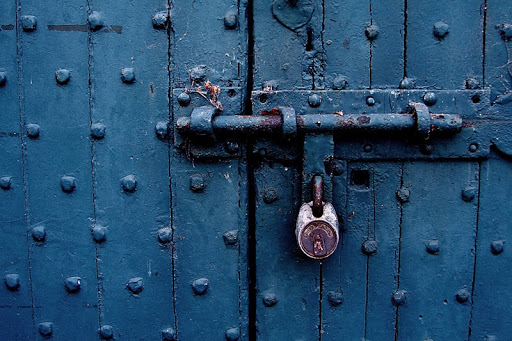Owning cryptocurrency is a package deal. You become your own bank, but also take on the responsibility of securing what you own. The advancement of crypto brings both hard and soft security developments. Now users can explore and find what best fits their needs. Today we look at the whitelist feature and examine how safe it really is.

Whitelist Vs Blacklist
A whitelist is the opposite of a blacklist. A blacklist is a list of untrusted things, a.k.a. a list you don’t want to be on. On the other hand, a whitelist, as it pertains to crypto, is an opt-in security feature. It lists only addresses that can be trusted, thus making it a soft security feature. This feature can often be found within settings under the address book tab. It allows users to list the only acceptable addresses their crypto can be sent to. Now, it’s common for all major wallets and exchanges to have this option, with each one implementing the measure slightly differently.
Adding The Whitelist
Adding an address to the whitelist is straight forward. It’s as simple as clicking the plus button and a copy and paste command. Make sure to always check the first and last four characters of the address to make sure it matches. Then send a fraction of crypto to ensure the address works. Once you are certain the address added to the whitelist is correct, your crypto is now locked within your own personal network. But how certain can we be of this?
Securely Close The Loop
First off, whitelisting can be disabled at any point. Therefore it is best to make sure your exchange or wallet emails you once it is disabled. That way if you receive a notification that “whitelisting has been disabled,” and it wasn’t you, you have time to react. Even better is the fact that disabling whitelisting often requires 48 hours to deactivate, giving you ample time to secure your assets upon a breach.
It is also worth noting that whitelisting on one platform does not lock the entire network. Say you are a trader or investor using two platforms and you whitelisted addresses on exchange A but not on exchange B. That means means that a hacker only has to move your funds from A to B to have the funds leave your network for good. It is imperative to fully close the network to trap your assets in your own private ecosystem.

2-Factor Authentication Is A Must
Another limitation to whitelisting is if your email has been hacked. Counting on an email to notify you that your funds are moving or whitelisting is turned off is only as good as the strength of your email account. This is why it is best to secure all or most of your crypto offline. But this just isn’t feasible for everyone. If you do leave your funds online, never talk about where they are or how much you have. Enable whitelisting because it’s better than nothing, and make sure to fully close the network with 2-factor authentication at each step.
Just like your home residence, if you aren’t going to pay monthly for a state-of-the-art security system, always closing and locking your front door is a must. You must whitelist your addresses and close the loop. Whitelisting might be a mild inconvenience, but it’s a great initial step for securing your funds on exchanges or wallets.
